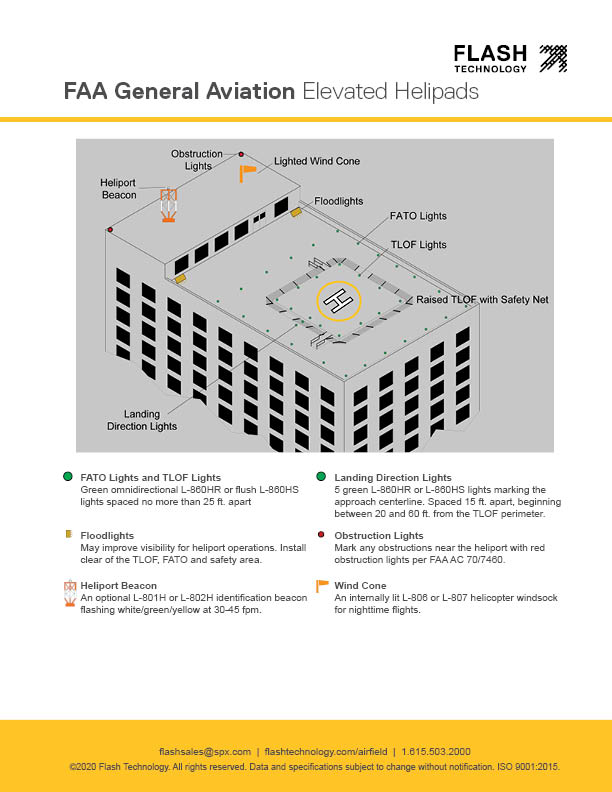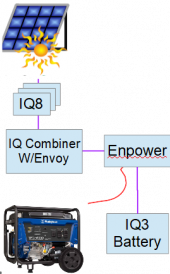ghostwriter66
"Here - Hold my Beer"
So thought that I would run this by some of you and get your thoughts on the design.
I need to operate a helicopter safety beacon (MEDEVAC) that is 120V 60Hz 12A and run it 24/7 ... 365 ... infinity ... Beacon is on constantly ...
what I do currently have are (10) 400-455 solar panels that they are pushing 8A max .... and I can purchase an electric start generator of any size and brand that I require to be used to charge the batteries if/when they run low. If I don't need to use 10 it would be easier to use 8 since space is tight on the roof.
Instead of building the battery packs like I normally do i am thinking of taking the easy way out and just getting some of those EOY battery (turnkey) packs. ((If there is something different you would use please let me know))
SO now what I need to find is an All-in-one that is large enough to power the 12A requirement but small enough where my idle wattage is not going to eat up my batteries over night. PLUS it needs to be able to have a high enough charge rate (ie 60A+) to charge the batteries quickly during the day (ie winter) PLUS the ability to remote start a generator if/when the batteries get low... so when the batteries get low - it switches on the generator .. and then turns it off when it gets full ...
ANY initial thoughts on which All in one I should be looking at ... and battery pack size you would recommend...???
I'm sure there's going to be some good questions so fire away...
I need to operate a helicopter safety beacon (MEDEVAC) that is 120V 60Hz 12A and run it 24/7 ... 365 ... infinity ... Beacon is on constantly ...
what I do currently have are (10) 400-455 solar panels that they are pushing 8A max .... and I can purchase an electric start generator of any size and brand that I require to be used to charge the batteries if/when they run low. If I don't need to use 10 it would be easier to use 8 since space is tight on the roof.
Instead of building the battery packs like I normally do i am thinking of taking the easy way out and just getting some of those EOY battery (turnkey) packs. ((If there is something different you would use please let me know))
SO now what I need to find is an All-in-one that is large enough to power the 12A requirement but small enough where my idle wattage is not going to eat up my batteries over night. PLUS it needs to be able to have a high enough charge rate (ie 60A+) to charge the batteries quickly during the day (ie winter) PLUS the ability to remote start a generator if/when the batteries get low... so when the batteries get low - it switches on the generator .. and then turns it off when it gets full ...
ANY initial thoughts on which All in one I should be looking at ... and battery pack size you would recommend...???
I'm sure there's going to be some good questions so fire away...




